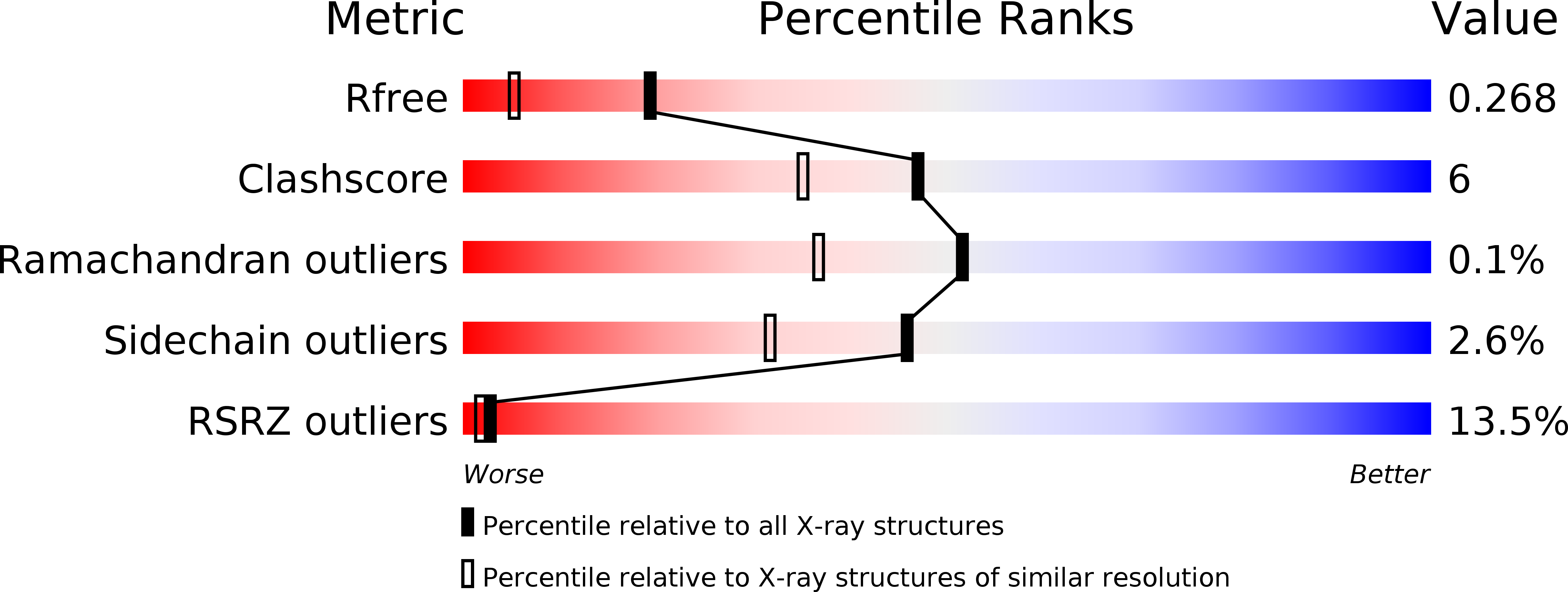
Deposition Date
2006-05-15
Release Date
2007-11-06
Last Version Date
2024-02-14
Entry Detail
PDB ID:
2H0Q
Keywords:
Title:
Crystal Structure of the PGM domain of the Suppressor of T-Cell receptor (Sts-1)
Biological Source:
Source Organism:
Mus musculus (Taxon ID: 10090)
Host Organism:
Method Details:
Experimental Method:
Resolution:
1.82 Å
R-Value Free:
0.23
R-Value Work:
0.19
R-Value Observed:
0.19
Space Group:
C 1 2 1


